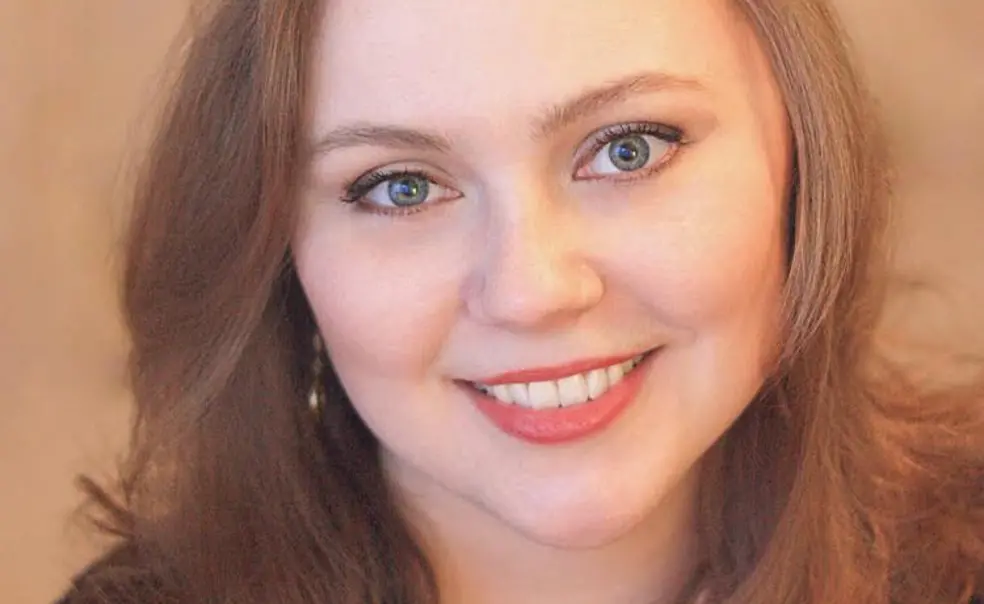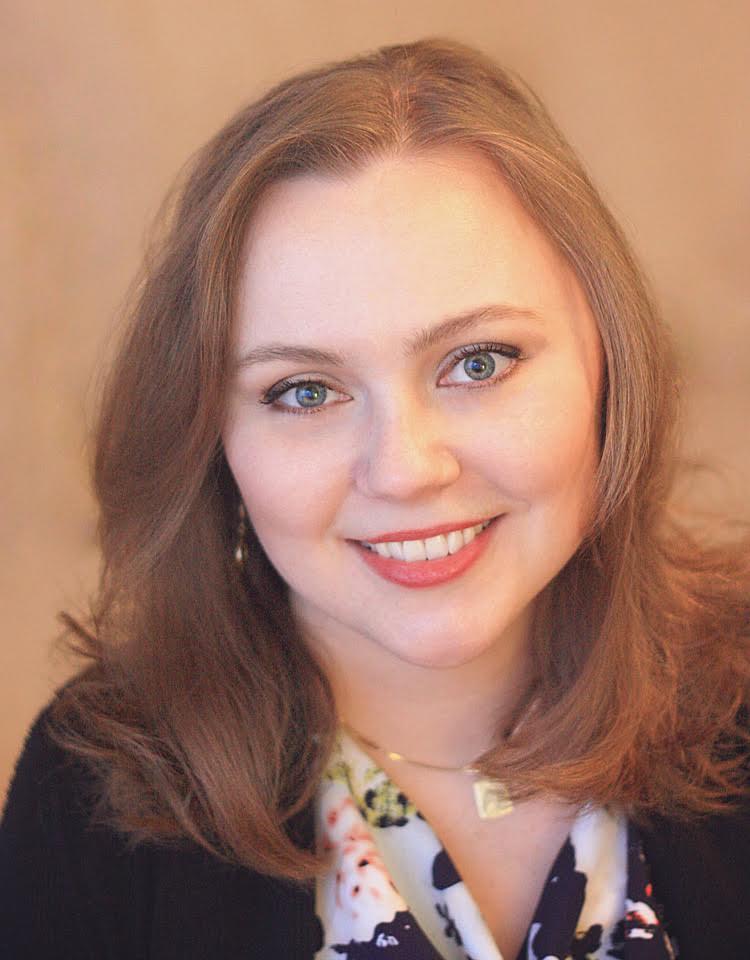Sociologist Czerniawski ’03 Goes Undercover as a Plus-Sized Model
Amanda Czerniawski ’03 was a trained sociologist, a former child actor, and a graduate from two of America’s best universities when she decided to spend more than two years working as a model in New York City. At a size 10, Czerniawski had always thought of her body as average-sized, but in the fashion industry, she — like all women who wear more than a size eight — is considered plus-sized.
Fashioning Fat: Inside Plus-Sized Modeling is part memoir, part academic study. Czerniawski, who has a Ph.D. from Columbia University and is on the faculty of the sociology department at Temple University, punctuates her experiences as a model with interviews, sociological theory, and research on the modeling industry. Going from casting calls and agency meetings to hours-long hair and make-up sessions, Czerniawski discovered that plus-sized modeling both validated and challenged her self-esteem. “Here I was, a Princeton grad, the product of these super institutions, and it didn’t matter,” she says. “In fact, it hindered me because I wanted to speak up, and I wasn’t allowed to. I was judged before I even opened my mouth.”
Fashioning Fat portrays the world of plus-sized modeling as fundamentally paradoxical. Many of the women have used their modeling to overcome insecurities, and the recent rise of plus-sized supermodels such as Ashley Graham has helped to expand ideas about an ideal woman’s body. On the other hand, most models remain voiceless and objectified, expected to mold their bodies to an image of beauty just as strict as that found in “straight-sized” fashion. Czerniawski says this paradox is both frustrating and hopeful: “Plus-sized models are finally becoming more visible, and that could be a game changer. It could just be just a spectacle, but it could also mean we are on the cusp of a major change in the fashion industry.”












No responses yet